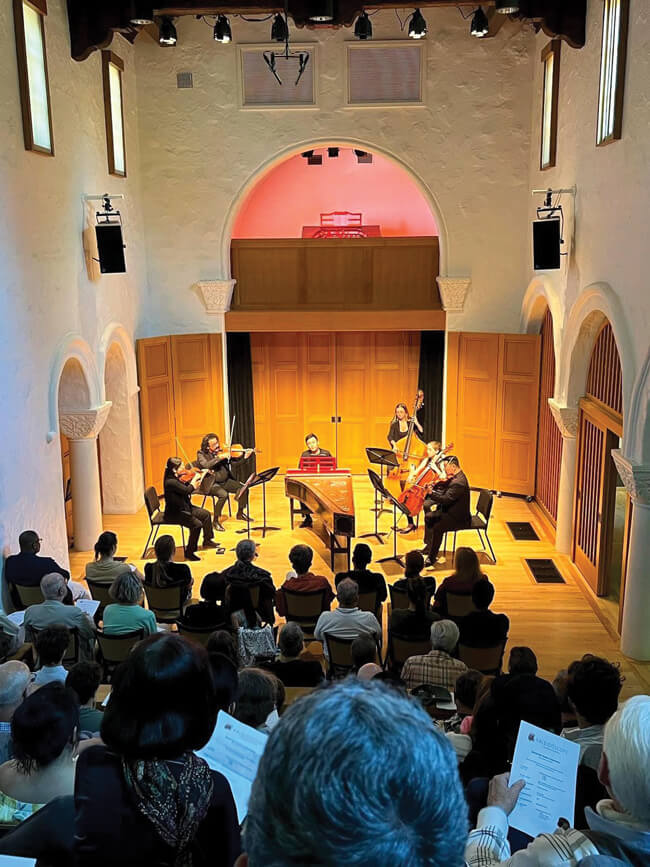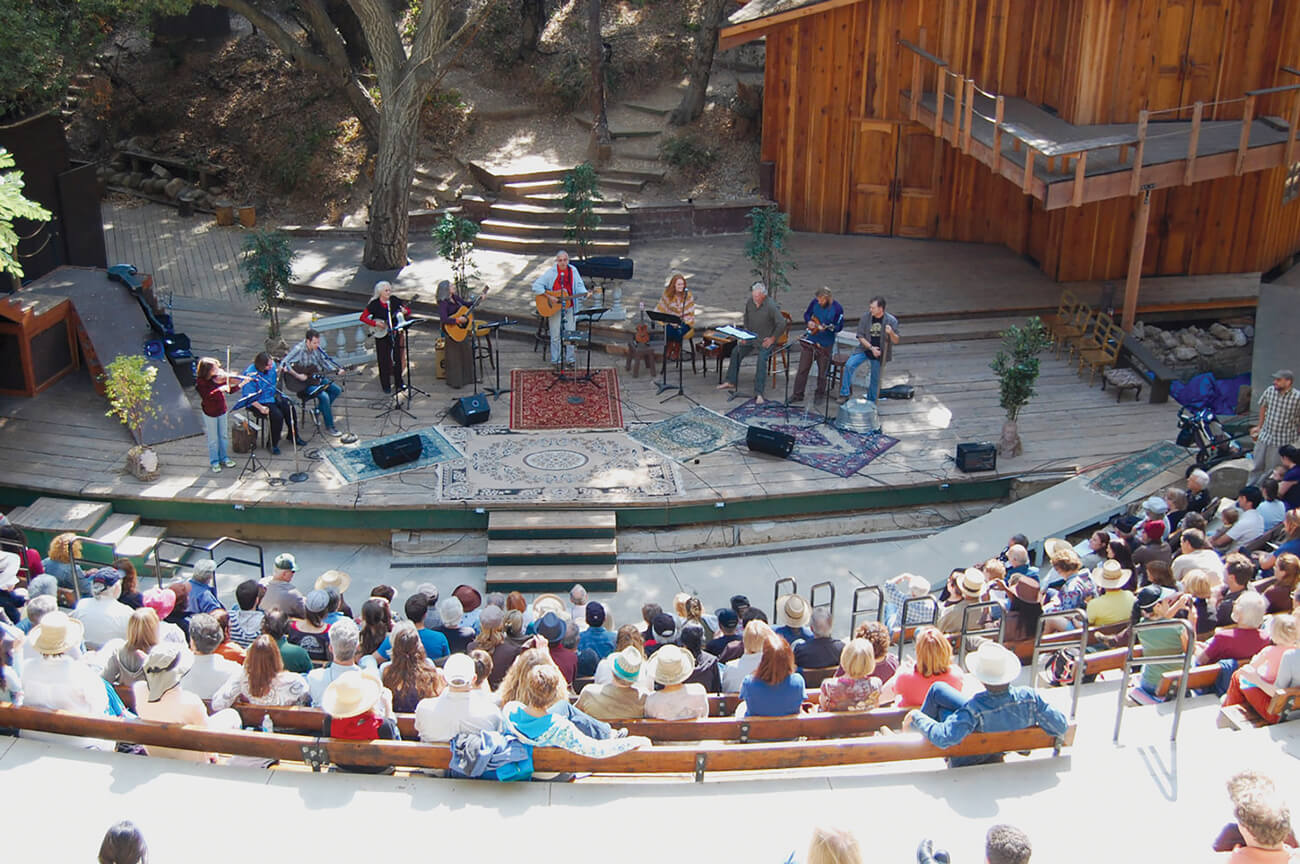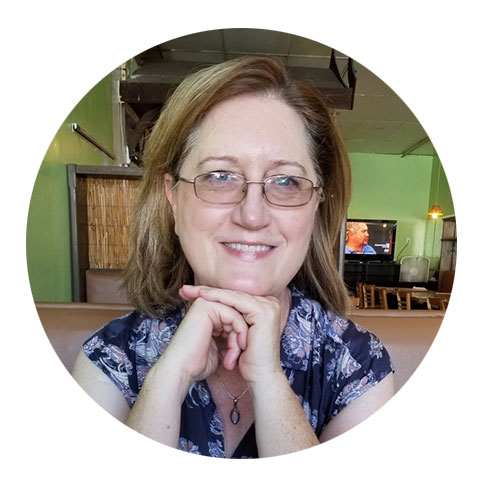Kaleidoscopic MusicA kaleidoscope is an optical instrument with a number of mirrors that reflect whatâs being viewed in a multiplicity of ever-shifting planes, shapes and colors. An orchestra can also shape-shift, depending on its size and instrumentation, and the choice to go big or small.
In 2014, when clarinetist Benjamin Mitchell conceived of a leaderless orchestra, he sought a name that would be reflective of both the orchestra and Los Angeles, the community which it would serve. He chose Kaleidoscope Chamber Orchestra, because âLike LA, which has so many different communities,â he says, âthe kind of music we perform and the size of the ensemble varies from concert to concert.â
But itâs not just the changing nature of the group that makes Kaleidoscope unusual: It operates on a pay-what-you-can model. âThe idea,â Mitchell explains, âwas to reduce the barrier for people to attend our concerts, whether theyâre lower-income or not big classical music fans. Since we perform a lot of newer works by less-established but extremely talented composers, it helps people feel they can take a chance on music they donât know. Often, people are surprised to discover they enjoy the new works as much or more than the older classics by Bach, Beethoven, Mozart and others.â
You could say Kaleidoscope is kind of a pick-up band. âWe donât have a fixed roster yet, in part because the size of the ensemble changes a lot from concert to concert (often ranging from small chamber groups to a large orchestra), and we donât have the budget yet to offer full-time employment to anyone (though performers are paid). But, some of our musicians have been playing with us regularly since our first season. Performers are picked based on their ability to perform at the highest level, and communicate and collaborate well.â
On June 24, when I attended my first Kaleidoscope concert at First Presbyterian Church on Second Street in Santa Monica (an excellent music venue), there were seven works and seven performers on the program, opening with J.S. Bach and closing with W.A. Mozart. In between, the range was wide, eclectic and beautifully performed. Two of the pieces on the program were world premieres commissioned by Kaleidoscope. The Kaleioscope Chamber Orchestra performs throughout L.A. on a pay-what-you-can basis. |
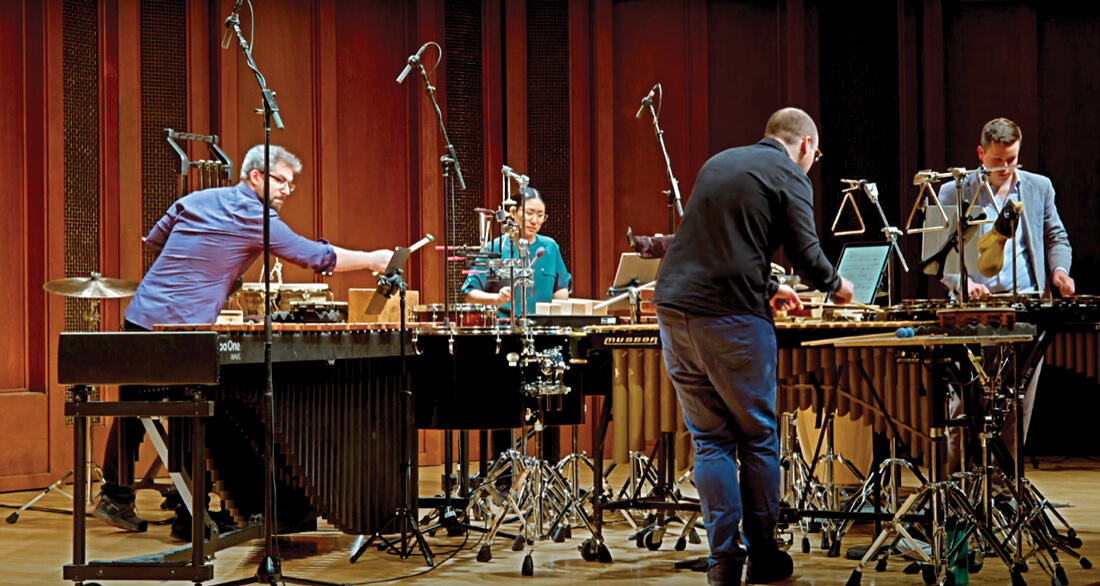 About 75% of their concerts each year take place at Title 1 schools, hospitals, homeless shelters and other community organizations. Commissioning is an ambitious undertaking for a small organization, but part of Kaleidoscopeâs mission is to expand the audience and repertoire for contemporary classical music. More than 10,000 applications from over 90 countries have come in over the past few years, and a committee reviews them over multiple rounds.
âDeciding which composers to commission is often based on who weâre most excited to work with, or continue working with, and who we can afford to commission,â Mitchell continues. âMost of our commissions have ranged from $5,000-$10,000, funded through a combination of grants and donations. Many of these commissions have been performed elsewhere. For instance, Viet Cuongâs Extra(ordinarily) Fancy, a concerto for two oboes, has been performed by the Atlanta Symphony and other organizations, which is great to see.â
But commissions are just part of Kaleidoscopeâs mission; about 75% of their concerts each year take place at Title 1 schools, hospitals, homeless shelters and other community organizations. They also educate, says Mitchell. âFor example, our program at Braddock Elementary (Culver City) focuses on teaching students in grades K-5 about music through learning to compose their own pieces, which our musicians perform for them at the end of the year. We would love to expand this program to other schools, when we find funding to do so.â
Although Kaleidoscope hasnât been around long enough to see those elementary school students go on to a career in music, Mitchell tells me, âSome of the musicians who were in college when they performed with us have since won full-time jobs with the Chicago Symphony, Metropolitan Opera, San Francisco Symphony, LA Phil, and Toronto Symphony, among others.â
But someoneâs got to hold the baton, donât they? Who leads a conductorless orchestra? Mitchell explains that all of the musicians need to be both leaders and followers. âHow we get started depends a lot on the piece, but itâs not hard to sort out. The main idea behind being conductorless, or self-conducted, is that artistic decisions are made by the whole group, rather than just one person. We try out as many different ideas as we can in rehearsals before deciding whatâs most convincing. We also generally rehearse more than an orchestra with a conductor would, which allows more time for our collaborative process and for the music to achieve a higher level.â
As Kaleidoscope enters its tenth year, Mitchell notes that individual donations are a âsignificant part of our income, even as we actively apply for grants. Our budget is about half of what it was before COVID, and because we donât sell tickets, weâre in great need of additional support. If anyone reading this wants to help, please consider donating via our website, kco.la/support.â
Sarah A. Spitz is an award-winning public radio producer, retired from KCRW, where she also produced arts stories for NPR. She writes features and reviews for various print and online publications.  | 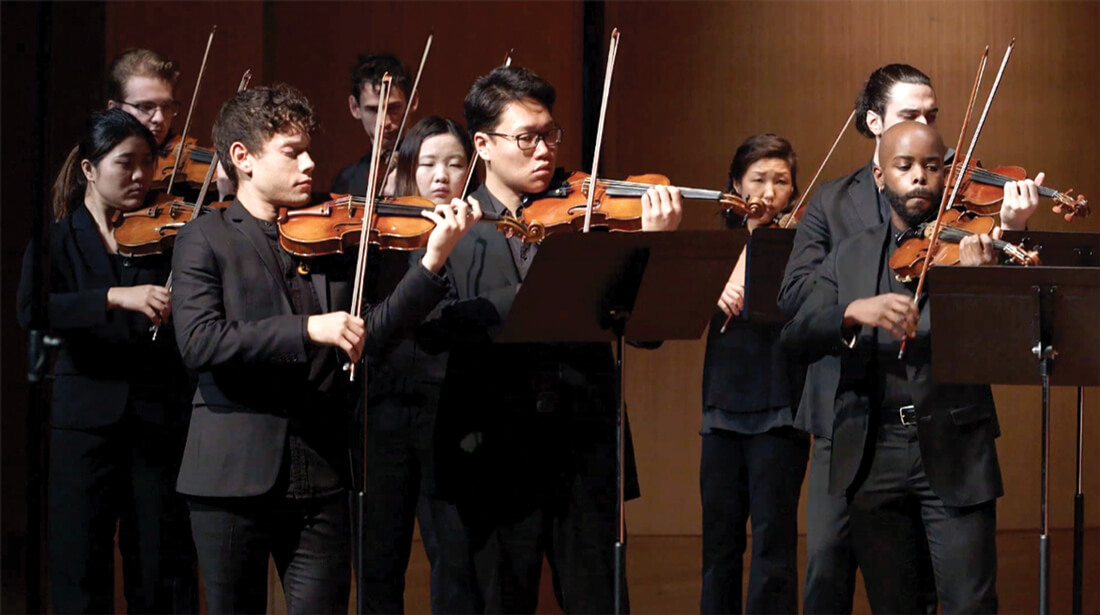 Often, people are surprised to discover they enjoy the new works as much or more than the older classics by Bach, Beethoven, Mozart and others.â | | | | | | | | | | | | | |
|
|
|
|
|




